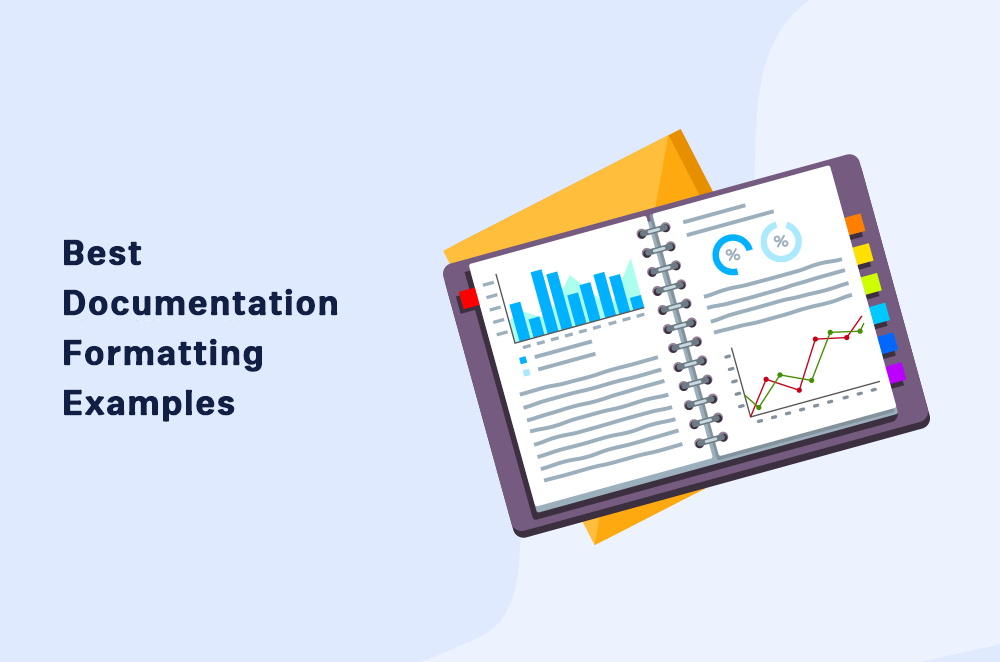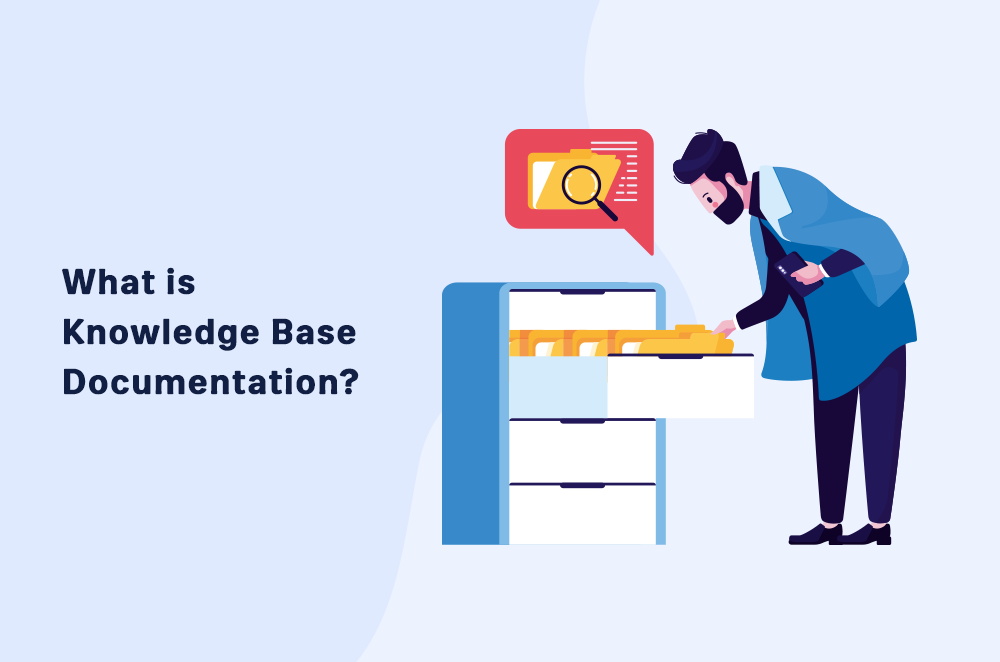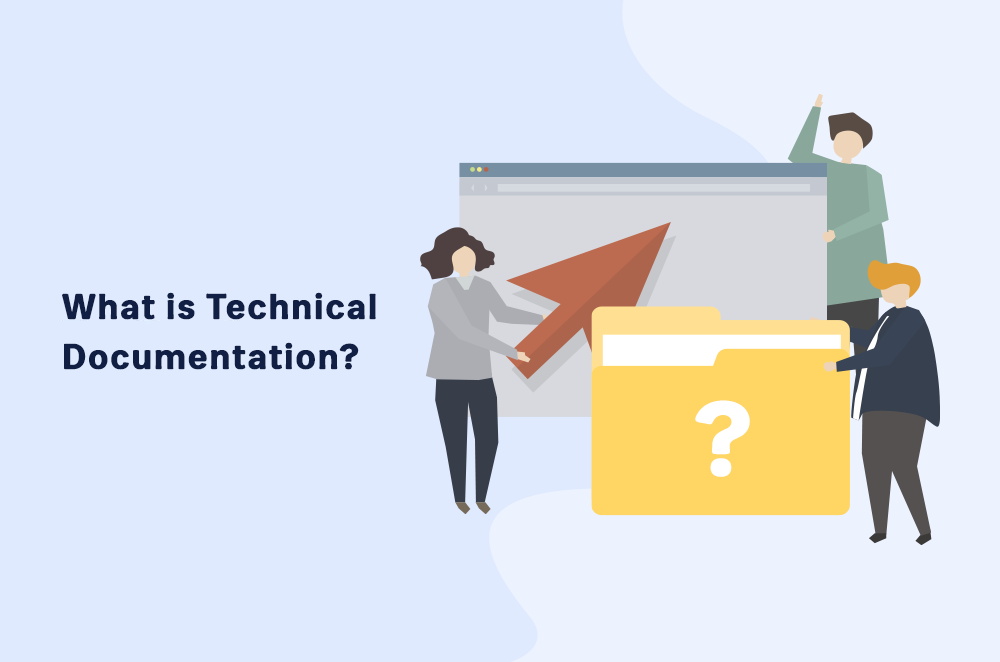Formatting plays a vital role when it comes to technical documentation. While the formatting tends to differ depending on the industry and organization, it also depends on the type of documentation.
However, today, for the most part, technical writers use templates and samples to create their own technical documentation.
While templates make the work faster and more efficient, most companies prefer to create their own versions. Regardless, you still need the help of existing templates and examples.
In this article, we’ll go over technical documentation formatting best practices and some key examples and types you can use.
Let’s get started.
Technical Documentation Formatting Best Practices
A subject matter expert will write great technical documentation. However, they won’t be able to reach the masses. A technical writer, on the other hand, would be able to translate complex concepts and present them in an easy-to-understand form.
To do that, the writer usually follows a simple 5-step process. It’s the same whether it’s a senior technical writer or someone who’s starting out. And, it works regardless of the document formatting.
- Step One – The technical writer starts by conducting research on the subject of the document. Using that research, they develop a documentation plan. The plan includes goals, style guides, tools, management software, topic outlines, existing resources, and a deliverables schedule.
- Step Two – After that, the writer starts deciding on the document format and the document structure and design. That includes the flow of the document and the on-page design. For this, they usually make use of templates because they use existing navigation structures.
- Step Three – At this point, the technical writer can start writing the documentation. They come up with a rough draft using the style guide and all the information available. It’s best to get some peer reviews and feedback to make sure you’re on the right track.
- Step Four – After all the revisions, the writer tests the documentation. The idea is to check the ease of use, safety, and overall usability for users.
- Step Five – Once the final technical documents are up, the technical writer sets up a maintenance schedule to regularly update the documentation. They also set up things like an issue tracker, web app features, and other add ons.
All technical documentation should maximize efficiency while providing up-to-date information, along with consistent design and formatting. That’s why writing documentation is a complex task.
4 Best Documentation Formatting Examples for Reference
Technical writing requires a specific format and style, depending on the industry. Each style tends to have different requirements for things like line spacing, header, footer, page numbers, form fields, quotation marks, and even the filename extension.
There are three main formatting styles when it comes to technical documents.
- APA (the American Psychological Association style) – One of the most popular formatting styles, it’s often the norm with academic papers in social sciences.
- MLA (the Modern Language Association style) – This style of formatting is for academic papers in arts and humanities.
- CMS (the Chicago Manual of Style style) – This style is for publishing, for the most part, and often shows in API documentation.
Regardless of the formatting style, there are also different formats that writers use. It’s an essential part of documentation and it mostly depends on the industry, organization, and product type.
For example, SaaS products would use a different format compared to heavy machinery. In any case, good documentation is the result of correct format usage.
The following four documentation formatting examples are among the standard.
1. PDF
The full form of PDF is Portable Document Format. It was the development of Adobe in the 1990s, acting as an alternate way to present documents. Since then, it has been an alternative to Microsoft Word documents.
A PDF file can include plain text, images, and graphs, regardless of what application software, hardware, or operating system it runs on.
Each PDF document includes a top-to-bottom description of a fixed-layout flat document. It includes text, unique fonts, raster images, vector graphics, and other information.
It’s crucial to make sure there are no issues in developing the article because most people find it troubling to edit PDF docs afterward.
At this point, PDFs can also contain additional visual content elements. That includes interactive structuring elements like form fields, layers, videos, 3D objects, and annotations.
On top of that, PDFs also allow for improved encryption options. You can also include file attachments, metadata, and digital signatures to the files.
Since PDFs allow almost all forms of content, it’s an ideal choice for most documentation. More importantly, a user can access PDF files on any website, browser, or operating system, adding to its versatility.
2. DOC
One of the most common formats is Doc, an abbreviation of ‘document’. It’s the filename extension for all Word documents.
Initially, the format was an extension that helped users identify documents that only have plain text. However, the format has been evolving, allowing users to now include images, diagrams, graphs, graphics, and more.
It’s the ideal document format if you’re developing small technical documents. Furthermore, if you’re only looking to include text and graphics in your documentation, it’s easier to go with the doc format.
On the other hand, if you’re creating tons of documentation with lots of topics, it’s not a good decision to use this format.
That’s because minor issues and inconsistencies can cause problems throughout the documents. It can mess up, especially when you’re printing the documents. There’s a good chance that if you try to fix one or several pages, you’ll end up messing up the entire document.
Another downside of the doc format is that it doesn’t support GIFs and videos. While you can add links or hyperlink text, having a video or GIF running within a document is more convenient.
3. CHM
The CHM format is a Microsoft proprietary online help format. It’s unique because it strictly supports technical documents.
It includes HTML pages, an index, and navigation elements that work as a table of contents. It’s also known as Compiled HTML and most of its uses include developing software documentation.
For example, most organizations use it for PHP and CSS tutorials, legal documentation, and software manuals.
CHM files are compressed and in binary format. That helps minimize the file and document size, allowing for faster loading times.
Even though it’s a Microsoft format, it can be viewed and opened by several applications.
The format provides basic features like markup, markdown, bold, italicize, and more. It’s also a relatively convenient format when using a template.
However, limited options in editing and adding certain content elements are its cons. The essential part of some documents includes non-text content and the CHM format doesn’t fully support it.
However, it does support different kinds of code; that’s why it’s ideal for software documentation.
In any case, the CHM format is a great technical documentation formatting example due to its navigational elements.
4. Online Documentation
Online documentation is topic-based information that any user can access online. It serves as self-serving help documents. These documents are accessible on most browsers, systems, and software.
The following are some of the key aspects of online documentation.
- Online documentation supports all sorts of content, including text, images, graphics, diagrams, vectors, videos, GIFs, animations, and more.
- Users can access the documents on any device from any location as long as they have a stable internet connection.
- It’s much easier to export online documentation since you can do it in multiple formats.
- Using a professional technical writing tool is much easier for online documentation. You can also integrate other third-party apps like Grammarly to quickly fix minor issues.
- After publishing online documentation, your formatting remains the same. That means you won’t face any issues when publishing it online or printing it.
On top of that, it’s much easier to track the attribution of online documentation. You can also link the documents to other present documents, websites, and tools.
Lastly, you can also actively make design decisions when it comes to online documentation. Since you’re not bound to any limitations, you can make edits to online documentation at any time.
The changes instantly reflect wherever the documentation is present. You can even send your users a notification about the documentation update.
Wrapping It Up
Technical writing can take up various forms; however, it usually follows the formats above. It’s best to follow the industry standard when it comes to formatting.
It makes sense to use CHM formatting when it comes to software documentation since you can add code to it. Similarly, it’s best to use online documentation formats when it comes to SaaS products.
You should take a few minutes out to check if there are any existing templates you can use. There are most likely several templates of whatever kind of documentation you’re looking to create.
In any case, make sure you consider your industry, organization, and type of product.
Make sure you choose the right documentation formatting to develop good documentation.












